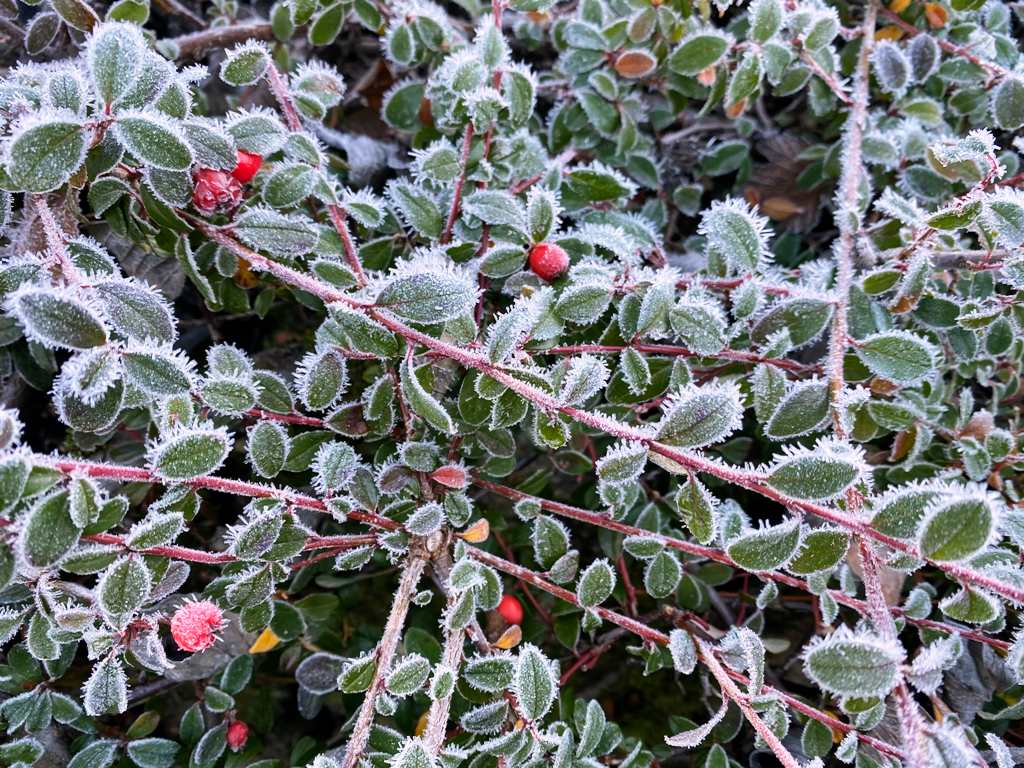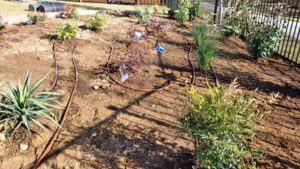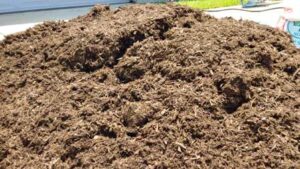
solvida
5 Tips to Protect Plants from Texas Winter Freeze
Anyone who has lived in North Texas over the last five years can attest to the fact that our winter freezes are not to be taken lightly. With winter temperatures ranging from 0 degrees all the way to 50 degrees Fahrenheit, winter garden bed preparation is important. In this post, you’ll find 5 tips to protect plants from North Texas winter freeze. For the purposes of protecting your plants, the winter season is defined as the time between the first and last freeze (below 30 degrees Fahrenheit for more than a few hours). You can expect your first North Texas freeze to hit some time in November and the final freeze towards the end of March.

Know Your Plants
In order to properly prepare and protect your North Texas plants, you must first know your plants by making yourself familiar with how winter hardy your North Texas plants are. The majority of North Texas sits inside of Zone 7 (0-10 degrees) or 8 (10-20 degrees) on the plant hardiness map. This temperature rating tells you the coldest average temperature for the area. If all of your plants are hardy up to Zone 7, these plants won’t need any special winter protection. However, if you have plants that are only hardy to Zone 8 or 9, these are the ones that will require a bit of special care during the winter.

Water Your Plants
Water your North Texas landscaping plants at least once each week throughout the winter season. This will provide your plants with continued nourishment. If you know a freeze is coming, water your plants the night before to help prepare them for the freeze. A plant that has been recently watered will be able to use that water to insulate its roots. This is a great defense against freeze damage.

Mulch Your Plants
The most natural way to protect your plants from the North Texas frost will be to ensure it has a good layer of mulch on it. Consider mulch like a sweater or cozy blanket protecting each of your plants during the colder weather. Mulch is most often made of organic material such as hardwood, straw, pine, shell or leaves. Install a two inch layer of material around the base of each plant in your garden. You can mulch your plants all year round, but for winter protection, should be installed by the middle to end of October each year.

Cover Your Plants
Any plants in your garden that are on the edge of Zone 7 or 8 hardiness should be covered in a North Texas freeze. Ask your Prosper Texas landscape designer to consider this information while making plant selections for your landscaping plan. A freeze would be temperatures below 30 degrees Fahrenheit for more than a few hours. Cover your plants with a frost blanket, burlap sac, or even a bed sheet if you must. If you have any winter tender trees, palm trees for example, it’s a good idea to wrap the entire trunk in burlap at the start of the season and leave it on throughout the winter.

Remove Your Plants
If your garden contains any plants that are truly not meant for the cold, we recommend removing your plants by placing them in a pot and bringing them to a more sheltered area or inside the house throughout the winter season. Carefully dig them up prior to the first freeze and allow them the occasional outdoor excursion when we have a few days in the 40’s. Otherwise, keep them close to a window to allow them to continue to enjoy the sunshine.
Prior to implementing these 5 tips to protect plants from North Texas winter freeze you should research each of your landscaping plants to know if they are vulnerable to freezing temperatures. Once you have identified any winter-tender plants, purchase any covers before the first freeze and then keep an eye on the weather.